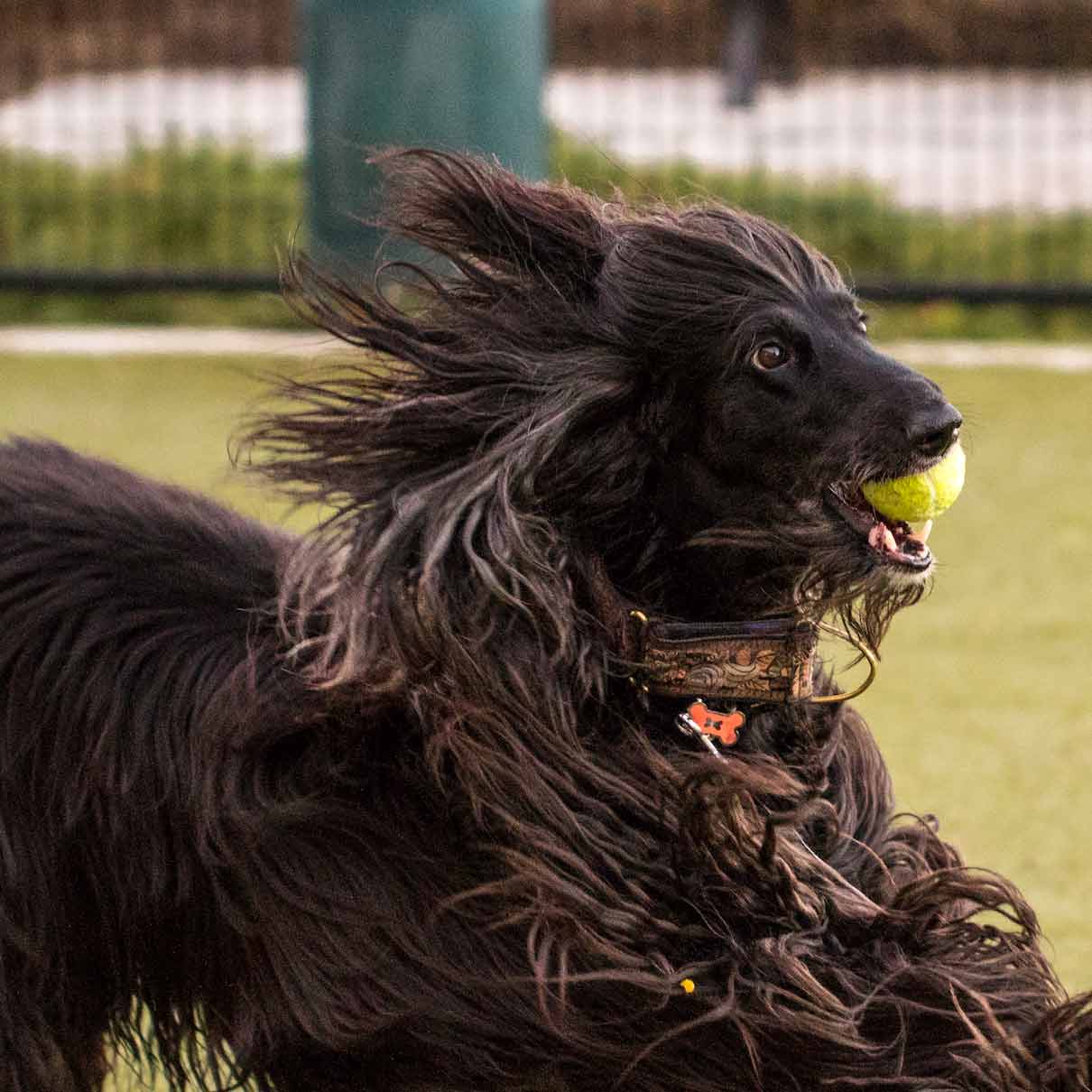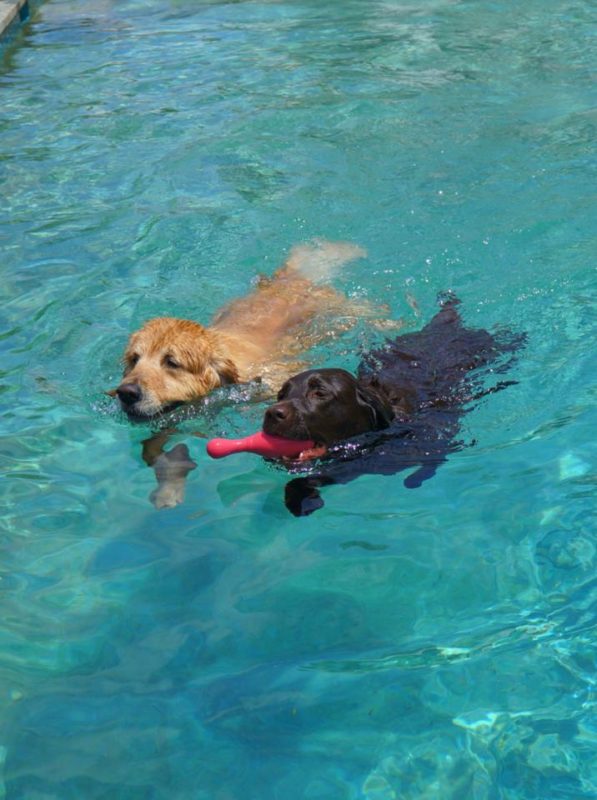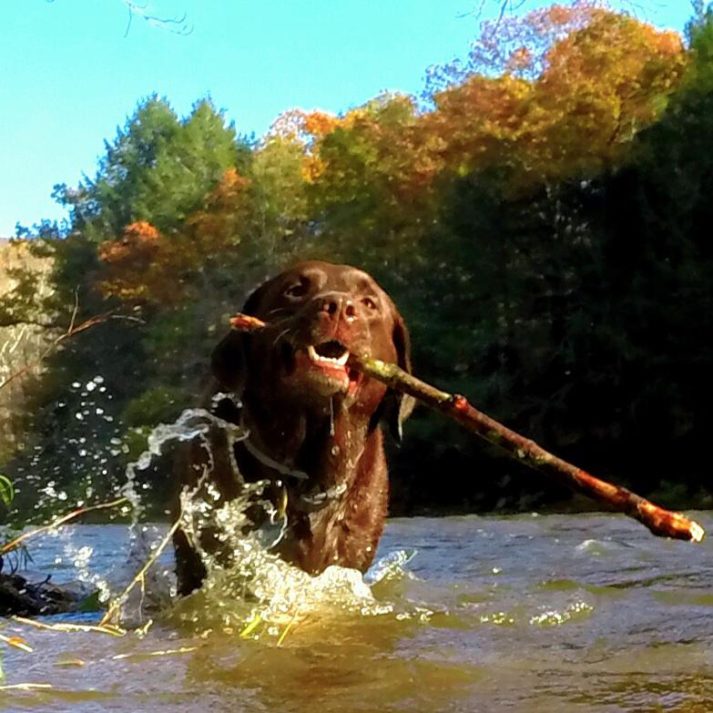There Are No Bad Dogs
Dogs are as Good as Their Owners
Dogs are not people.
That’s a difficult concept for a lot of dog owners to accept – and a dangerous one for any dog owner not to accept. Most dogs, after all, can out-run, out-smell and out-hear almost every human. Dogs also have sharp claws, sharp teeth and keen hunting instincts, some of which have been intensified by generations of selective breeding.
Even small dogs can hurt people, other dogs and all sorts of non-dog pets. And of course, some breeds are stronger than most humans, either pound-for-pound or overall.
The good news is that there are a lot of good dog owners in the world. Good owners know that truly loving dogs means loving them on their own terms – as dogs – and not as reimagined, crotch-sniffing humans. Being a good dog owner is the best protection against the unintended consequences sown by misguided, anthropomorphizing owners.

Good owners proceed from the assumption that there are no “bad” dogs. That doesn’t mean there aren’t dogs that wouldn’t bite an unattended infant as soon as look at one. It just means that when a dog does bite a child, the act is not usually the result of malice or a moral lapse. Dogs are not equipped to understand human morality.
It also means that when dogs disappoint human expectations, humans are often to blame for placing them in situations destined to disappoint man and frustrate beast. It’s unconscionable to set a dog up for failure and then punish it for failing.
A few summers ago, for example, our family Norwich Terrier came with us to visit my in-laws. One afternoon, my mother-in-law entered the house cradling her pet rabbit, which she was transporting to a bedroom while she cleaned the rabbit’s hutch.
As she entered the house with the rabbit, the terrier gamboled merrily around my mother-in-law’s feet. His back was straight, his tail, up. His eyes and ears were focused keenly on the passive rabbit.
I had seen that look – his four-square, I’m-trotting-around-the-ring-at-Westminster gait – before. Whenever my wife walked across the dining room with a plate of sizzling steaks, there he was, trotting pretty, making sure he didn’t miss any roasted flesh than might pass his way.
The terrier communicated clearly that he didn’t want to be forgotten when my mother-in-law killed and ate that rabbit. Dogs, after all, don’t understand the abstractions coded into the word, “pet.” They don’t see themselves as pets; they regard themselves as members of a pack to which dogs and human family members belong. So why would someone hold a rabbit she didn’t intend to kill and eat?
If my mother-in-law had succumbed to a fit of anthropomorphizing (something she never would do), and deposited that rabbit on the floor “to meet” my terrier, my terrier would have swiftly, joyfully and gruesomely dispatched that rabbit “to meet” his maker. Then he would have rolled ecstatically in the bunny gore.

The anthropomorphic response to the carnage would have been to label the terrier “bad.” But the terrier’s behavior – intensified by two centuries of effort to breed relentless go-to-ground hunters – would have been a perfectly natural canine response to the presence of easily subdued prey. The dog would have been responding to an ancient call, honestly and without malice; he merely would have been doing what terriers do.
On the other hand, any owner who puts a terrier within striking distance of a pet rabbit, rodent or ferret is unquestionably bad. Ditto, sight hound owners who insist on leaving dogs home alone with cats.

Yes, there are internet videos showing puppies curling up with baby bunnies and kittens, and they are no doubt authentic. But who is going to post a time series video of a puppy first sleeping with a bunny, then playing with a bunny and finally eviscerating a bunny? To a human, the final blow is inconsistent with the first two behaviors. To a predatory species – and all dogs are at least latent predators – all three behaviors are steps in a natural progression.
Dogs learn to hunt by playing, a fact not lost on dog toy designers. Ever watch a teacup Yorkie bite down on a squeaky toy and then throw it in the air and pounce on it again? Cute, right? But to little Poopsie, the toy simulates a critter fighting for its life in the maw of a successful hunter. You may think your dog is adorable, but he thinks he’s Nimrod.
And he’s right. If you love him, you’ll love his ancient predator’s soul and give it room to roam. Let your sight hound chase rabbits once a week. Join your Basset Hound for a few hours as she follows olfactory tracks through the woods. Take your terriers to go-to-ground trials or out on urban rat-hunting expeditions (which will make your dog and your city healthier). Throw a toy into a pond or pool so your Lab can splash in and swim it back.

To a true dog lover, nothing is more beautiful than watching a dog do what dogs are born to do. Unfortunately, some canine behaviors cannot be accommodated easily by all dog owners. Herding, for example, is a behavior pack hunting dogs use to encircle and kill larger prey animals. Over the centuries, breeders have isolated herding traits and used them to help humans keep livestock under control.
Herding Dogs in Action After the Jump
To control a herd of sheep, a Border Collie must have the energy to run for many miles a day, the intelligence to anticipate the herder’s intentions and a yearning to make order out of chaos.
Confining a Border Collie – or a Corgi or a German Shepherd Dog – to an apartment all or even most of the day will frustrate the dog’s need for mental and physical stimulation. The dog might try to rectify that deficiency by tearing the stuffing from a leather couch. And that’s just one day’s work.
Herding dogs also prefer to live a highly structured life. They accept training gratefully and often look forward to learning the next task. When they aren’t trained, they tend to perceive the lapse, not as liberation, but as chaos. If humans won’t impose order on the dog’s world, the dog will. At that point, he’s the alpha dog, and he’s going to run your life his way. That might strike a human being as an awfully binary way to view order, but dogs aren’t people.
People who can’t keep herding dogs trained and busy should avoid adopting them. (That advice also applies to mixes that have a lot of herding blood.) Even weekend trips to a country house, where the dog can oversee a flock of sheep or clear Canada geese from a pond, might not be enough to satisfy a herder. Because dogs don’t calculate time or anticipate the future in the same way people do, they can’t console themselves during the week with the prospect of a weekend of fun. They’re simply miserable for five days and happy for two.
That is not as true for a Labrador Retriever or a Basset Hound. People don’t hunt every day, and consequently, they don’t breed dogs that need to hunt every day. Weekend trips to a farm or park might be enough to keep some of the less energetic sporting breeds happy. Livestock, however, require perpetual oversight. Herding dogs are bred and trained to meet that expectation.

Some dogs can accommodate themselves to apartment life, but only under certain conditions. Jack Russell Terriers, for example, are bred to seek and kill as many farm-based burrowing rodents as possible. If under-stimulated, the typical Russell can destroy the typical urban apartment in just a few hours.
But if a Russell lives in an apartment with an active child and a stay-at-home parent who favors long walks, she can be quite happy and well-behaved.
Note that behavior, much more than size, dictates whether a dog can be happy living in small quarters. The Russell is a little dog with a lot of energy and a high opinion of himself. An English Bulldog, though a much larger, is much less active and a much better apartment dog. Indeed, an adult English Mastiff, the heaviest breed recognized by the American Kennel Club, can adjust well to apartment or small-house life – provided its owner or caretaker doesn’t mind shoveling up massive turds during walks through town.
Whatever a potential owner’s circumstances, the decision to adopt a dog should be predicated on a firm understanding of canine behavior. That understanding should include a reasonable education in how canine behavior expresses itself through selective breeding, even (perhaps particularly) for those who are considering adopting a mixed-breed dog.
The AKC may regard dogs of mixed parentage as having no breed, but in fact, as a behavioral matter, they represent two or more breeds. A potential owner (or a friend or consultant) schooled in identifying breed-related characteristics can help determine in advance how a mixed-breed dog might fit into a specific living situation.
One of the great joys of human existence is how domestic dogs, once wild creatures, have complemented so many people’s lives over the centuries. Despite their accommodations to humanity, however, dogs have remained dogs, and the happiest dogs are owned by people who know as much.
Tim Ireland is a former newspaper reporter, freelance writer, and corporate public relations practitioner. He works as a partner in a marketing business. He also herds three teens, a curmudgeonly Norwich Terrier, an oblivious English Bulldog, and two baffled cats.







1 comment
Great article, Ireland is spot on. Bravo…
Further insignt into his ideas can be found in a book called “The Dog is your Miror by Kevin Behan.